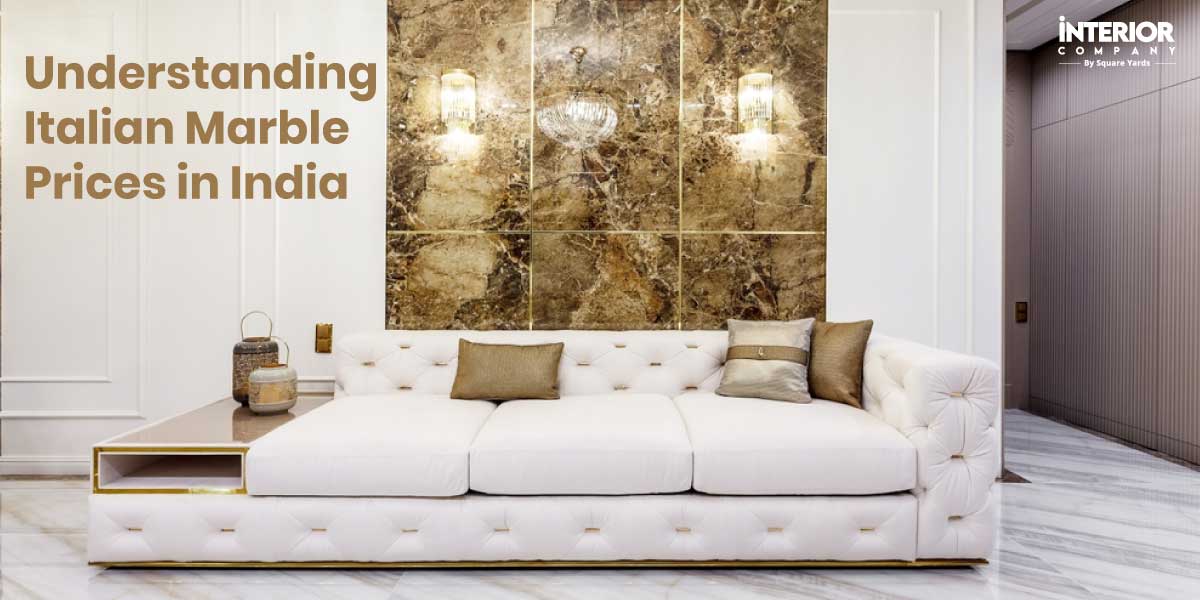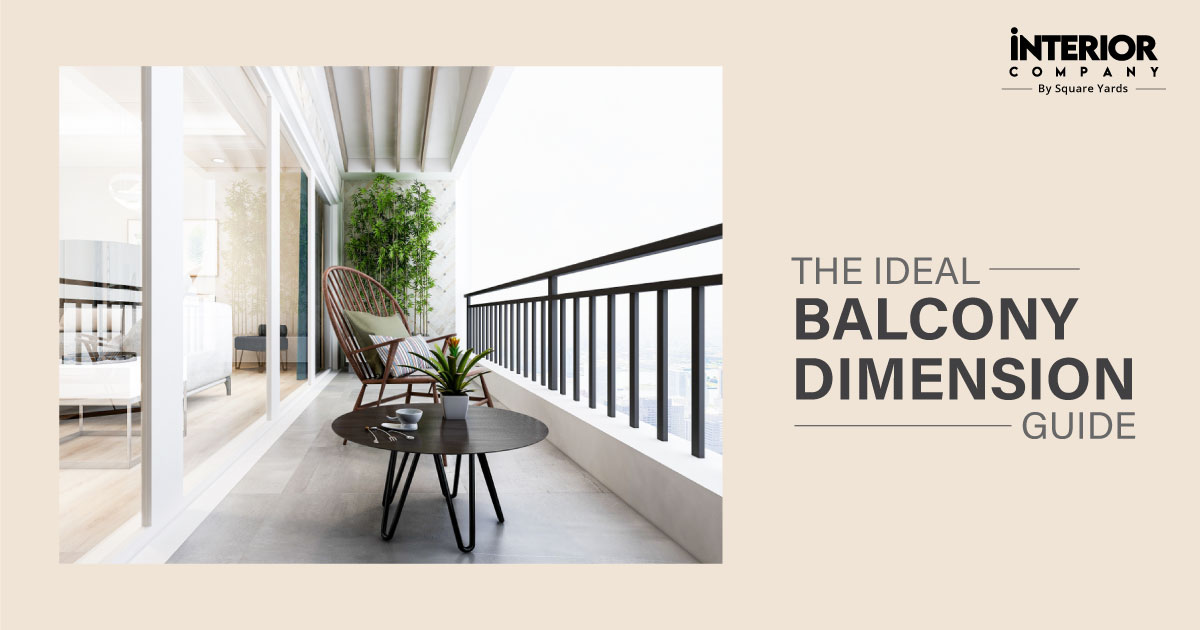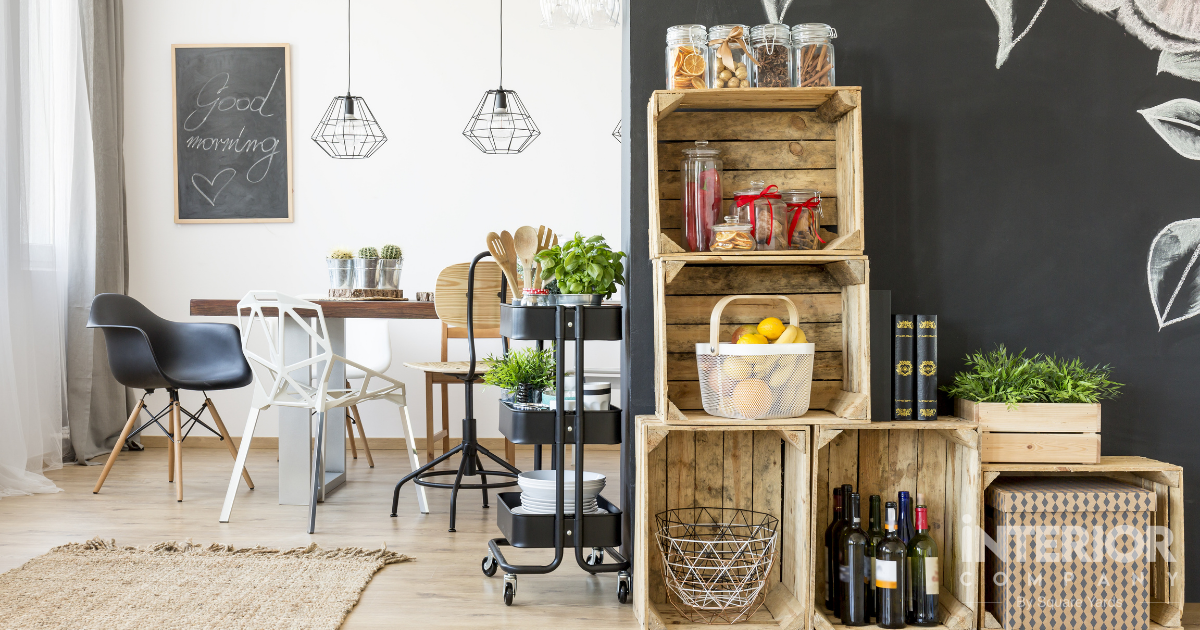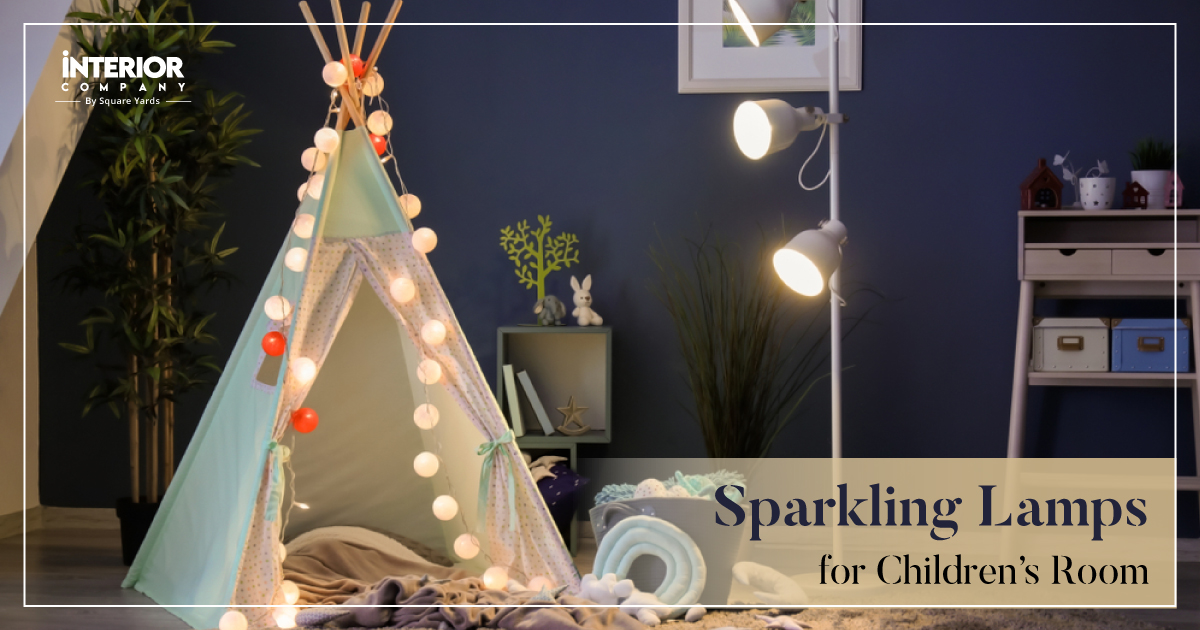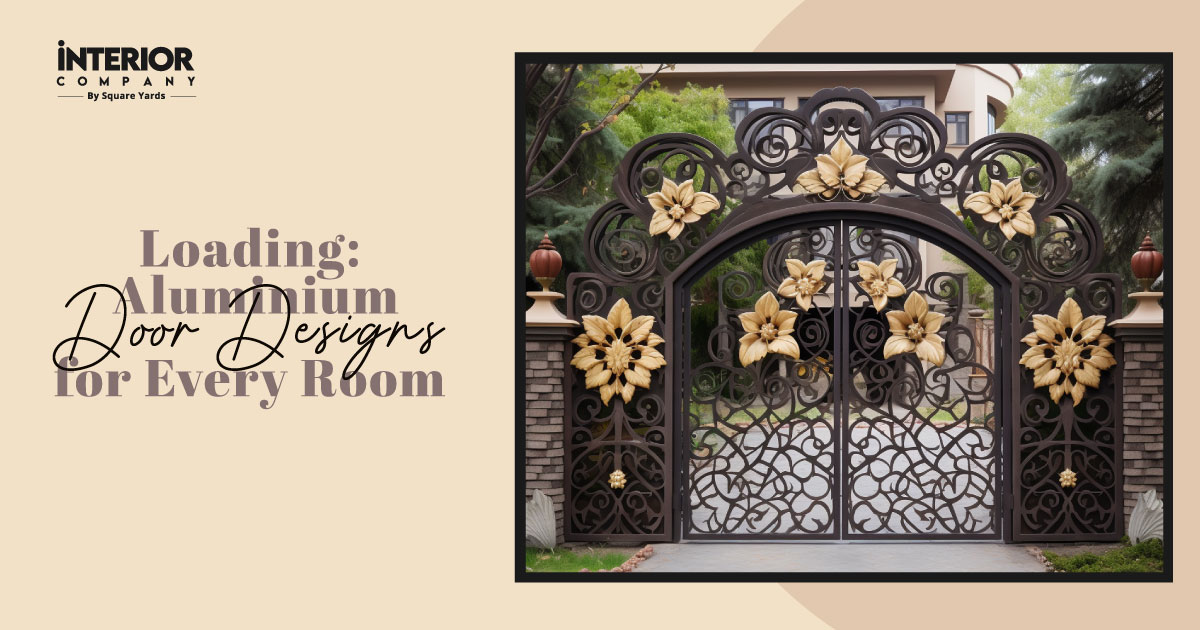How to Select the Best Textile Paint for Fabric?
Fabric paint can breathe fresh life into dull upholstery or any other mundane fabric that requires some colour. Gaining proficiency in fabric painting allows you to unleash your creativity and enhance your home’s interior design.
Table of Content
From lending a shimmer to your old rugged furniture to painting trendy one-liners on a tote bag, fabric painting is a popular ingredient in DIY projects. Moreover, you can customise your decor designs with fabric paint to reflect your unique taste and style.
Read on to explore the various types of fabric paint, and ways to infuse them in your home decor ideas and tricks to achieve the best results. Let’s dive in!
What is Fabric Paint?
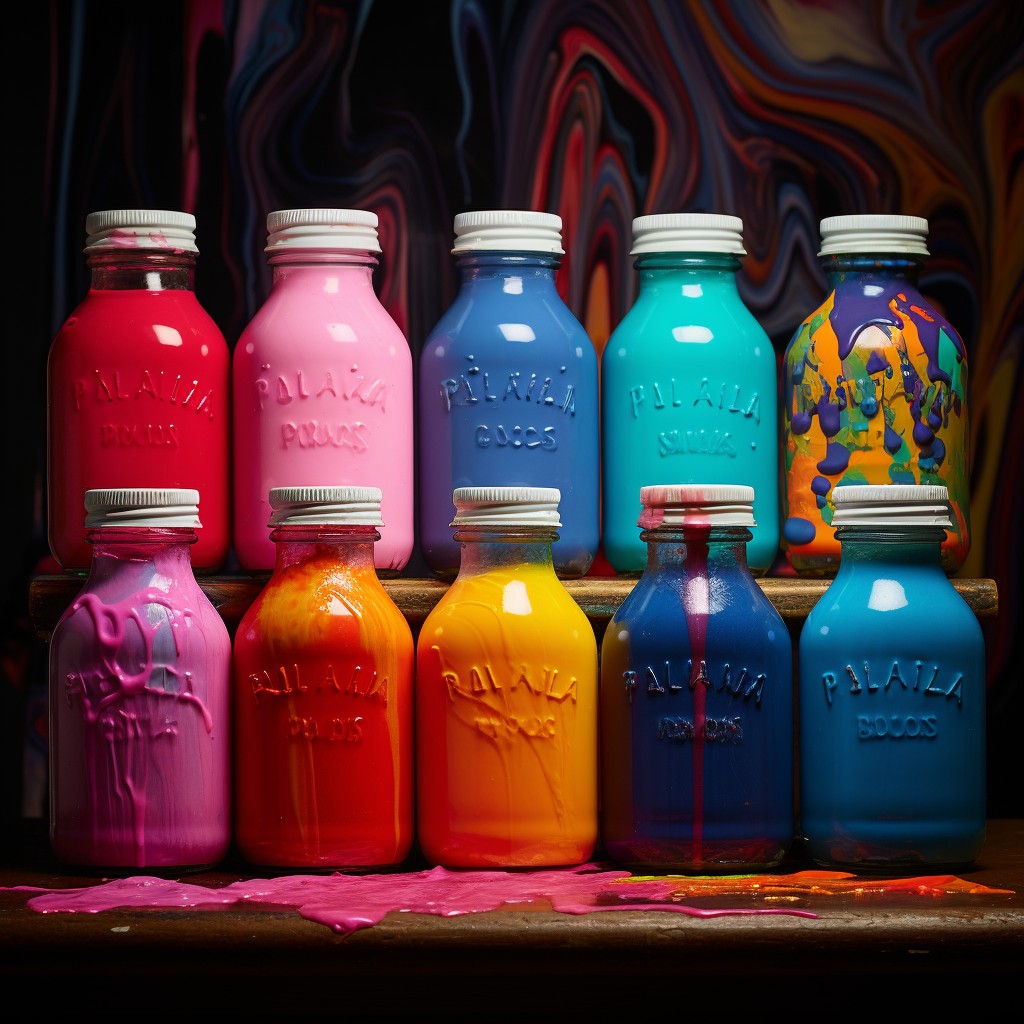
The most common ingredient in fabric paint, also referred to as textile paint, is acrylic polymer. This emulsified acrylic, bonded to colour, gives the paint resistance to sunlight, repeated washings, and normal use. Although there are alternatives containing alcohol, their coatings will be less opaque and lighter than acrylic.
source
Tips to Use Fabric Paint the Right Way!
To make the paint last longer and prevent it from flaking and diminishing, always prepare your fabric right before painting.
Here are some basics of good fabric paint that you need to know before you start your painting.
Check the Cohesiveness and Transparency of the Fabric Paint
Determine the consistency, level of transparency, and the paint’s desired thickness, based on your project. The majority of furniture pieces require a thicker finish, and darker fabrics typically require more opaque paint.
Employ Liquid Fabric Paint for Larger Areas
Search for liquid acrylic fabric paint if you plan to paint a large area. Large panels and furniture are perfect subjects for this paint because it covers a lot of surface area and comes in different finishes.
Use Fabric Markers for Intricate Detailing
Fabric markers work ideal for clothing and smaller patterns on canvases or home accent pillows because they allow you more autonomy over painting a specific area.
Incorporate Puff Paint for a 3D effect
For a 3-D effect, try using “puff” paint. Kids enjoy trying this paint because it dries out with a highlighted finish. However, It can be difficult to predict how puff paint will appear after it has dried.
Apply Heat to Firm Up the Fabric Paint
Apply heat to the paint for it to be permanently set into the fabric. Occasionally, you can accomplish this by placing the object in the dryer; on other occasions, you will need to iron over the painted area. Make sure the fabric you plan to use is heat-treatable beforehand, as this will extend the longevity of your design significantly.
Types of Fabric Paint for Your DIY Decor
The best permanent fabric paint comes in a wide variety of types and applications, as follows:
Acrylic Fabric Paint
Fabric paints made of acrylic are adaptable and can be applied to a broad range of materials. These paints are available in a variety of colours and are suitable for stencilling, printing, and freestyle painting, among other fabric painting techniques. Acrylic fabric paints are perfect for landscaping projects because they are long-term and waterproof.
Fabric Spray Paint
Specially blended paint that comes in an aerosol spray form is called spray fabric paint. It can be used to evenly paint big sections of cloth. Both stencils and some types of resist painting work well with it.
Fabric Markers
A fabric marker is made with a durable colour (ink, paint, or dye) that is meant to stay on clothing and not degrade with washing. Available in a wide range of attractive colours, fabric markers do not require a heat setting.
Fabric Dyes
Fabric dyes are an excellent choice for colouring textiles as they cling to the fibres and produce vivid, long-lasting colours. They work well on various materials, such as linen, cotton, and silk. There are several different types of fabric dyes, such as liquid, powdered form, and dye pens.
7 Fabric Paint Home Decor Ideas
Creating original motifs and designs on fabric to be utilised as tablecloths, drapes, fabric upholstery, pillowcases, and other furnishings is a key component of fabric ideas for home décor. It entails employing a variety of methods, including printing, embroidery, hand painting, and dying, to produce distinctive and eye-catching designs that can enhance a space’s overall aesthetic scheme.
Here are 7 creative ways you can use textile paint to enliven your living space.
Cushion Covers
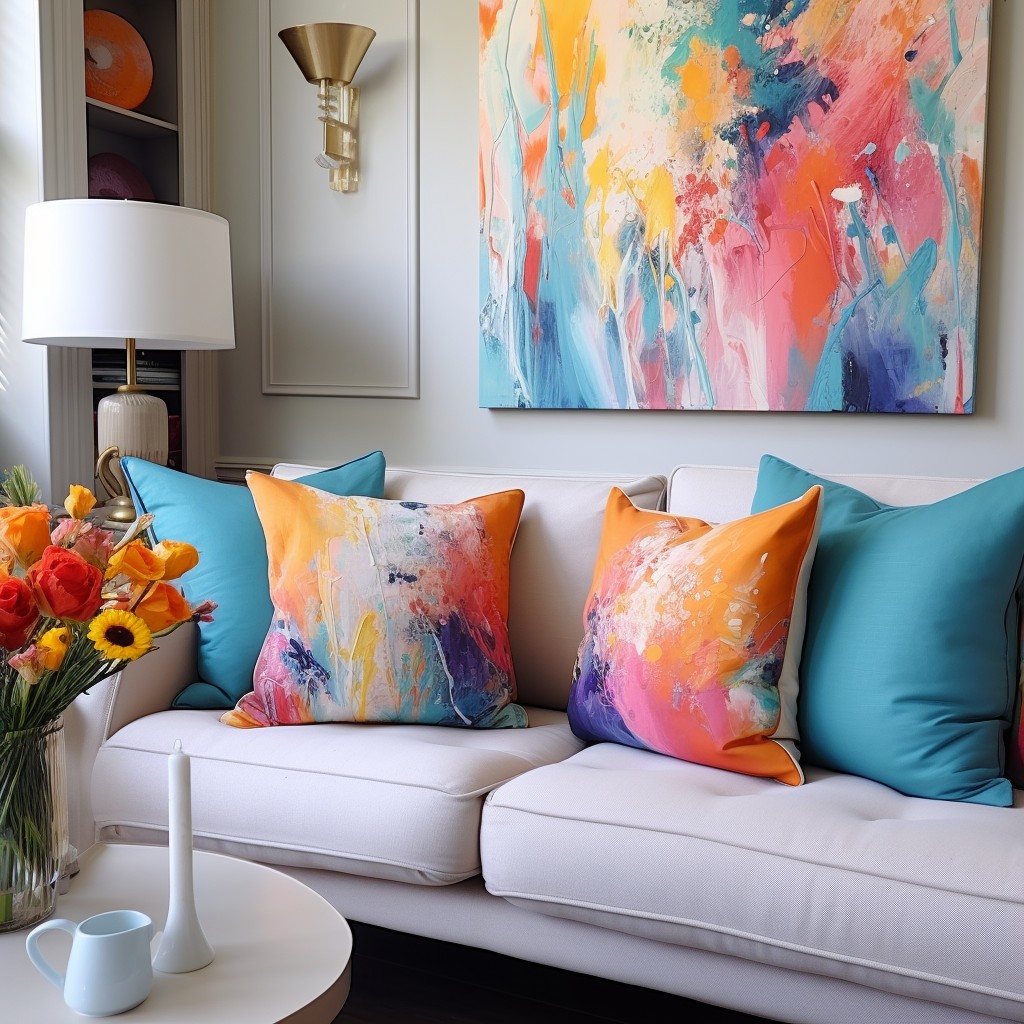
Turn your faded, dull pillow covers into an exciting piece of avant-garde art!
Mix fabric dye, chalk dust and acrylic paint to create a medium fabric texture and paint the cushions using a taklon brush. You can customise the cover with geometric figures, floral motifs and vibrant colours for a stunning look.
Curtains
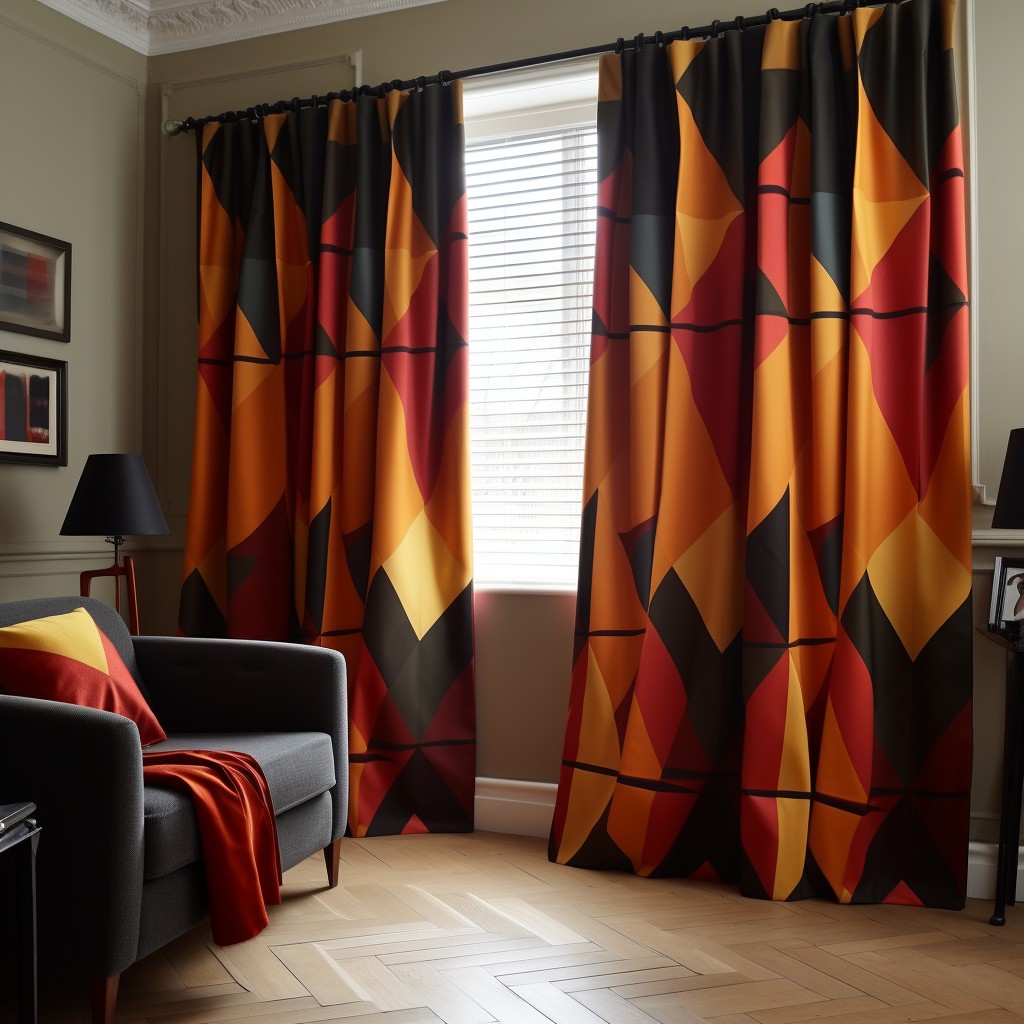
Transform plain cloth into gorgeous opaque curtains! You can use shades of bronze, red, and black on silk or cotton clothing to curate this look.
Washing your curtains before starting the dyeing process is an excellent move. This will ensure that any shrinkage is eliminated, leaving you with clean and lovely fabric to experiment with.
Table Cloth

Jazz up your dining room decor with an accent piece of fabric-painted tablecloth. This DIY artistic tablecloth is an amalgamation of vibrant colours and quirky designs.
This design can be achieved with the skilful use of a fabric dye. Since dyes are more resistant than paints, they are an excellent choice for tablecloths that undergo rough handling. Dyes make the texture of the cloth stiffer for a highly durable outcome.
Balcony Coffee Table
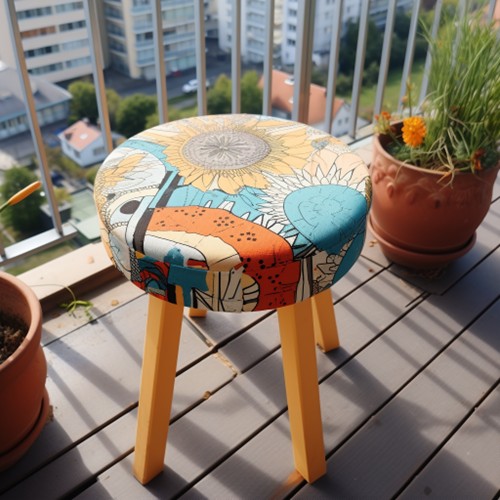
Embellish your balcony with a small coffee table customised with artistic designs. Use textile paint for fabric to lend a chic look to your archaic furniture.
When using fabric paint on miniature types of furniture, you can combine different mediums by including ornamentation, such as ribbons, stones, beads, and embroidery. This can be appliquéd, embossed, or sewn onto the surface material for an exquisite look.
Upholstered Furniture
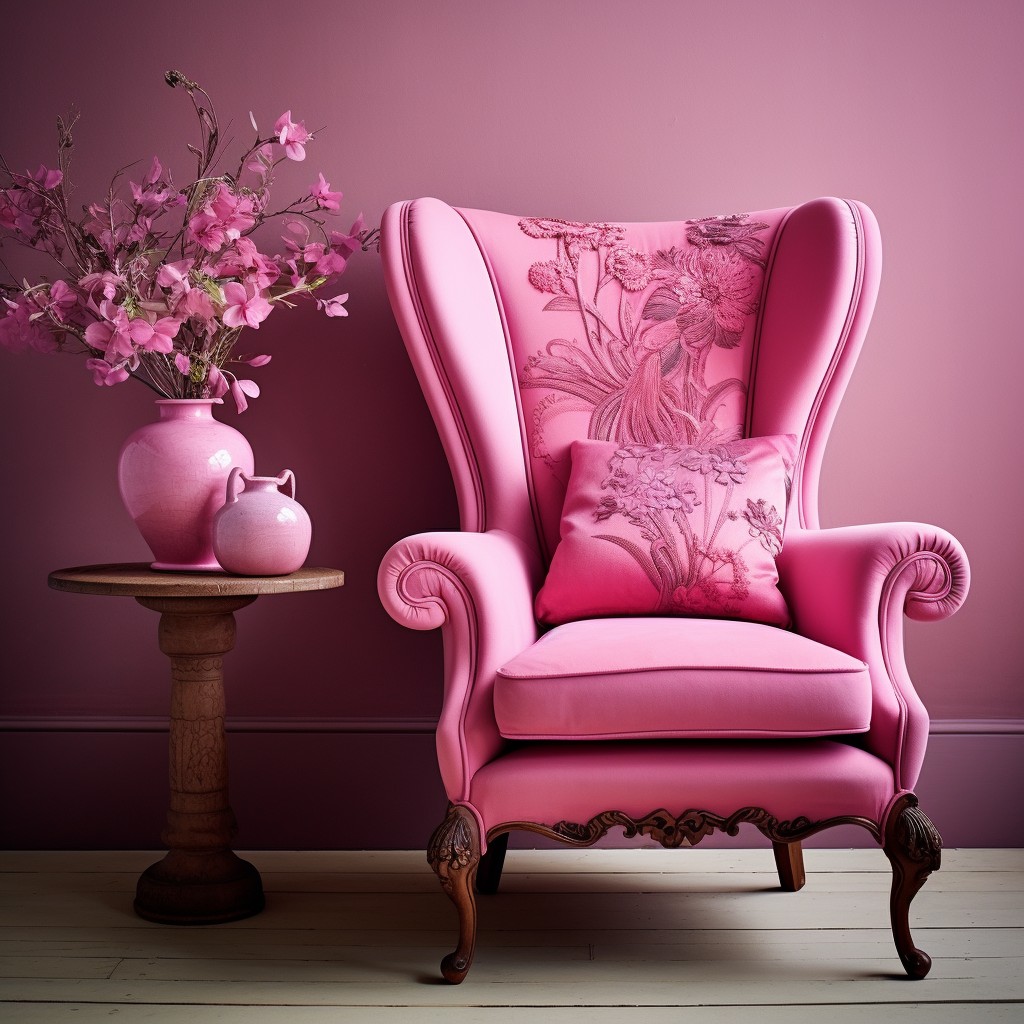
Add personality and character to your home decor with fabric-painted upholstered furniture. This fuchsia-pink upholstery lends an opulent flair and brightens up your living area.
Cotton and polyblends are the most preferred fabrics in cases of painting upholstery. Fabric paint is water-proof and requires less upkeep as you can easily wipe off dirt from your furniture.
Foot Stool
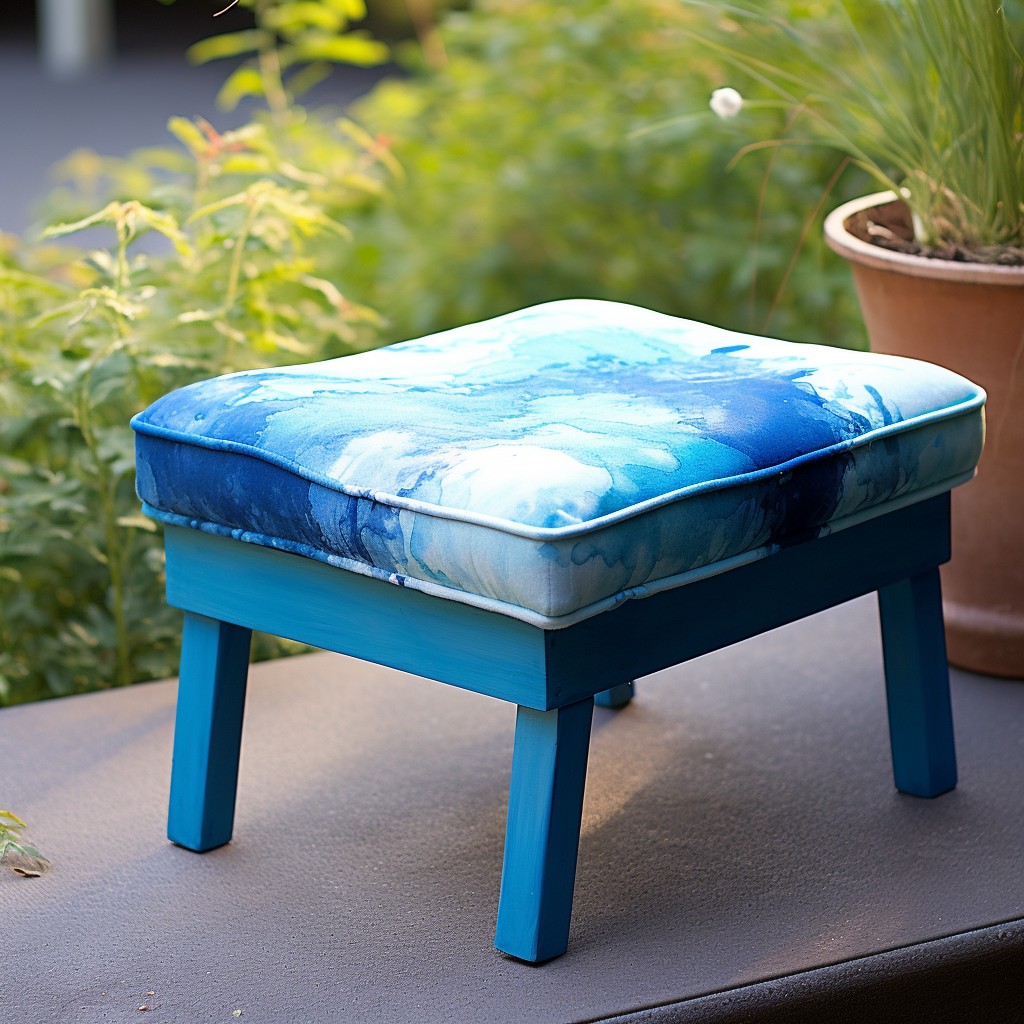
Though abstract designs have been a rage for a while, painting a footstool with blue abstract motifs is an unconventional and bespoke home decor idea.
Utilise a blend of blue hues and painting techniques to produce abstract patterns on your material. Fabric spray paints and markers can be used for the best results.
Duvet Cover and Pillow Cases
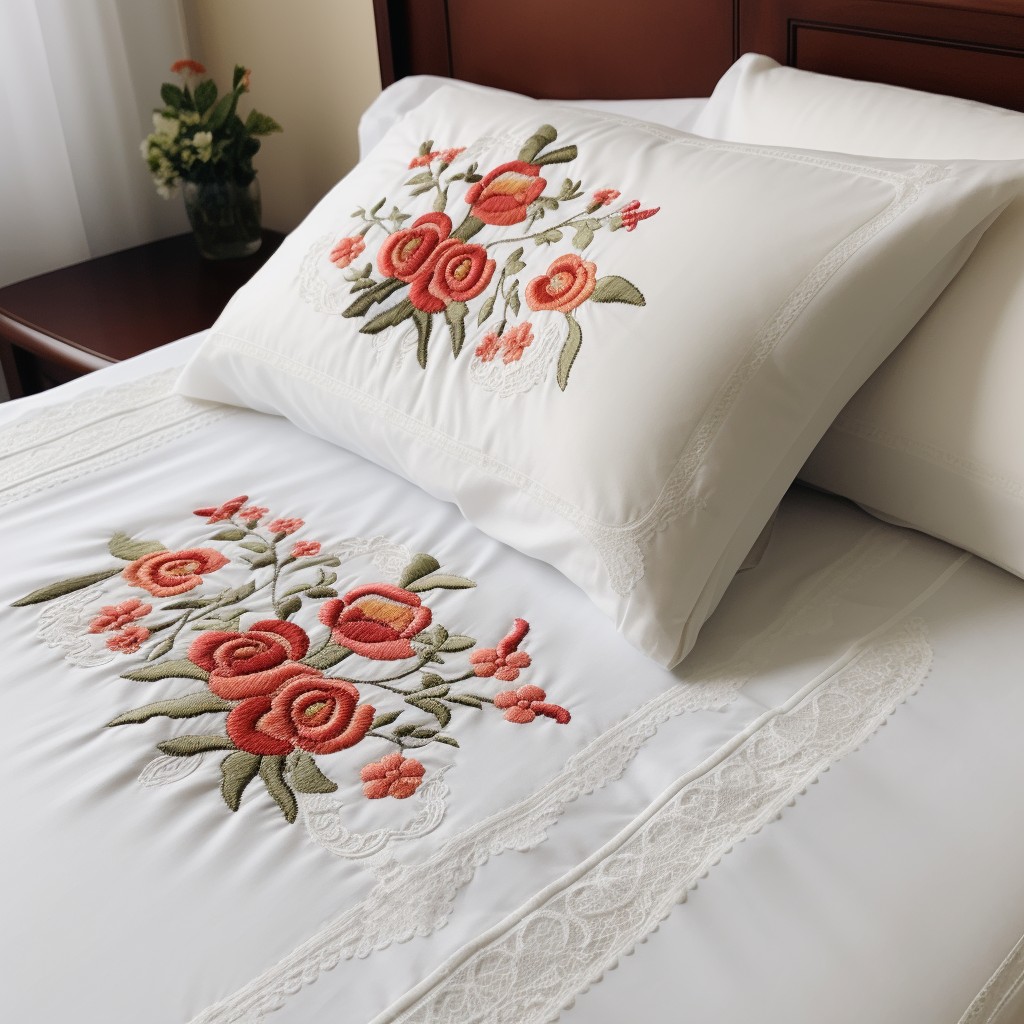
Turn a plain white duvet cover into a one-of-a-kind piece of art by employing fabric paint. The embroidered roses on the cover lend a serene and elegant vibe to your bedroom decor.
Additionally, fabric paint for clothes is amazingly soft and washes well. Hence, you can seamlessly employ them to your matching pillowcases for a warm and comfy feel.
Showcase Your Artistic Endeavours with Fabric Paints!
One easy and enjoyable technique to turn ordinary cloth into artwork is through fabric paint. You can make stunning and distinctive fabric art that reflects your sense of style and ingenuity if you have the correct supplies, paint, and techniques. Fabric painting is a gratifying and fulfilling activity that will give you hours of ecstasy, regardless of your level of experience. So pull out your fabric paints and get started!
Looking for more tips and formulas to upscale your interior decor? Get in touch with the experts at Interior Company for eclectic customisation and opulent interior decor ideas!
*Images used are for illustration purposes only. Interior Company does not hold any copyright to the images unless mentioned explicitly.*
Ready for a home transformation?
Let our designers assist you!
Recent Posts
The setting guidelines for fabric paint will vary depending on the brand. To set your design, we advise covering it with baking paper or a thin cloth and ironing over the top for three to five minutes, depending on the fabric’s requirements. After ironing, wash your item inside out in the initial cycle, and you’re all set!
Taklon brushes are excellent for painting fabric. The fabric substance in paint can harm natural bristles, so it’s best to use a synthetic brush instead of a natural one.
It can take up to half an hour for the fabric paint to dry, depending on how thick and how many coats have been applied. Using a hair dryer will also help the paint dry more quickly.
Yes, your best option is acrylic paints. To prevent dried paint from breaking once it’s on your fabric, you can purchase a fabric medium. Given that acrylic is a water-based paint and polyester is a manufactured fabric, acrylic works great.
Fabric paint remains supple and holds its colour well. The paint’s weather-resistant barrier makes it perfect for outdoor furniture cushions, pillows, etc.
Related Category
- Balcony
- Exterior Design
- Lighting
- Materials
- Tips and Advice










